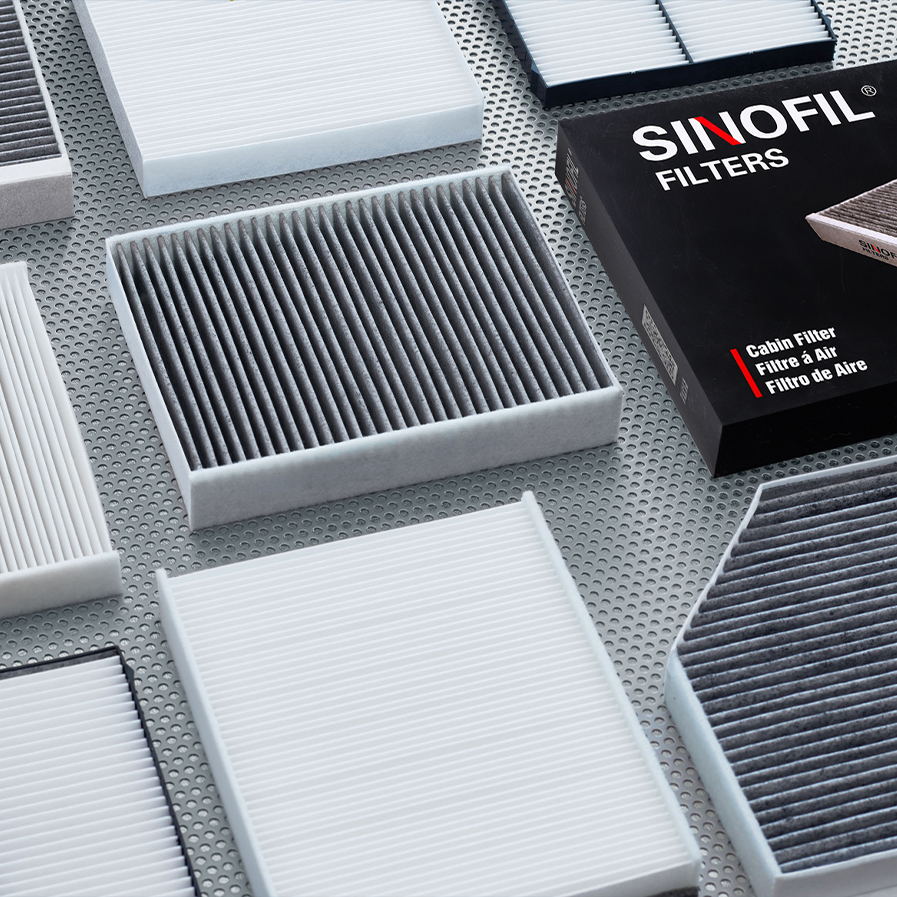Home / News / How effective are activated carbon cabin air filters at removing odors and pollutants?
Activated carbon cabin air filters are highly effective at removing odors and pollutants, thanks to their unique properties and design. Here’s a more detailed look at how they function and their effectiveness:
Adsorption Mechanism:Large Surface Area: Activated carbon is made from carbonaceous materials that have been processed to create a vast network of tiny pores. This structure significantly increases its surface area, allowing it to adsorb a wide range of gases and particles. When air passes through the filter, odors such as smoke, pet smells, and food odors are attracted to and held on the surface of the activated carbon, effectively neutralizing them.
Chemical Interactions: The adsorption process is not merely physical; it also involves chemical interactions with certain volatile organic compounds (VOCs). This means that substances like formaldehyde and other harmful gases can be effectively captured, enhancing air quality.
Pollutant Filtration:Removal of Harmful Chemicals: Activated carbon filters can capture various harmful pollutants, including ozone, nitrogen oxides, and certain particulate matter. This capability is particularly important in urban environments, where vehicles are often exposed to higher levels of air pollution.Reduction of Allergens: While their primary function is to address odors and gases, these filters also help reduce allergens in the cabin, such as pollen and dust, especially when combined with a particulate filter.

Performance Limitations:Saturation and Lifespan: Over time, activated carbon filters become saturated with contaminants, which can diminish their effectiveness. As they reach capacity, they may struggle to adsorb additional odors and pollutants. For optimal performance, it is recommended to replace these filters regularly—typically every 12,000 to 15,000 miles or at least once a year, depending on usage and environmental conditions.
Impact of Environmental Conditions: Factors such as humidity and temperature can also influence the performance of activated carbon filters. High humidity may enhance their ability to trap certain pollutants but can also lead to the growth of mold if the filter remains damp for extended periods.
Complementary Functionality:Integration with Other Filters: Many activated carbon filters are integrated with HEPA or particulate filters, allowing for a dual-action approach to air quality. While the activated carbon addresses gaseous pollutants and odors, the particulate filter captures dust, pollen, and other airborne particles, providing comprehensive air purification.Enhanced Comfort: By removing unpleasant odors and harmful pollutants, activated carbon cabin air filters contribute to a more comfortable and enjoyable driving experience, particularly for those with sensitivities to allergens or strong odors.
Activated carbon cabin air filters are exceptionally effective at removing odors and pollutants from vehicle interiors. Their ability to adsorb a wide range of gases, combined with the option to pair them with other filtration technologies, makes them a valuable component of vehicle air quality systems. Regular maintenance and timely replacement are essential to ensure they continue to perform at their best, ultimately promoting a healthier and more pleasant driving environment.



 English
English Español
Español











 ++86 183 3391 1399
++86 183 3391 1399


 +86 183 3391 1399
+86 183 3391 1399 sinofil155@peko-filter.com
sinofil155@peko-filter.com +86 187 3296 0060
+86 187 3296 0060 Wangshigong Village, Wei County, Xingtai City, Hebei Province, China
Wangshigong Village, Wei County, Xingtai City, Hebei Province, China
